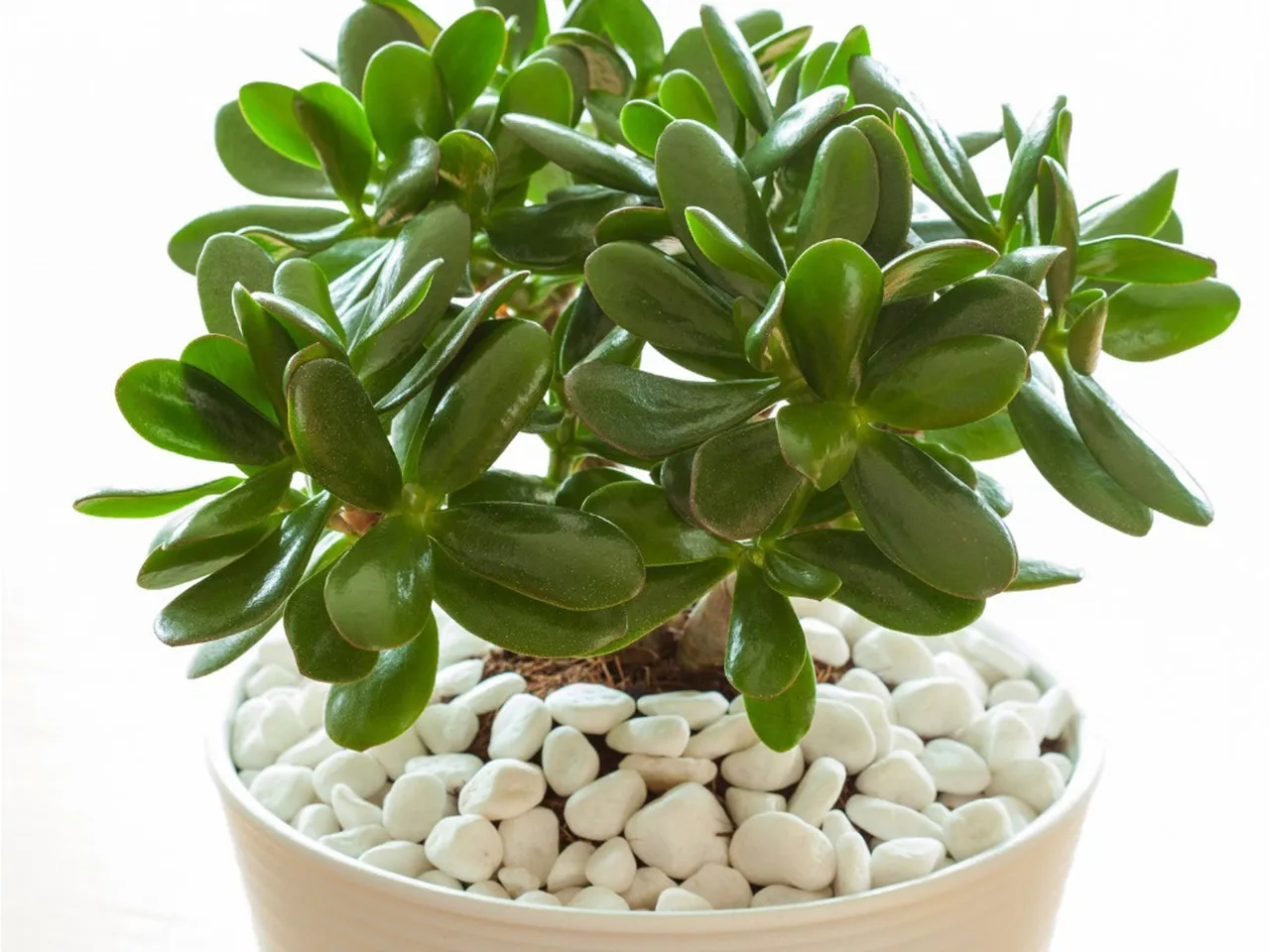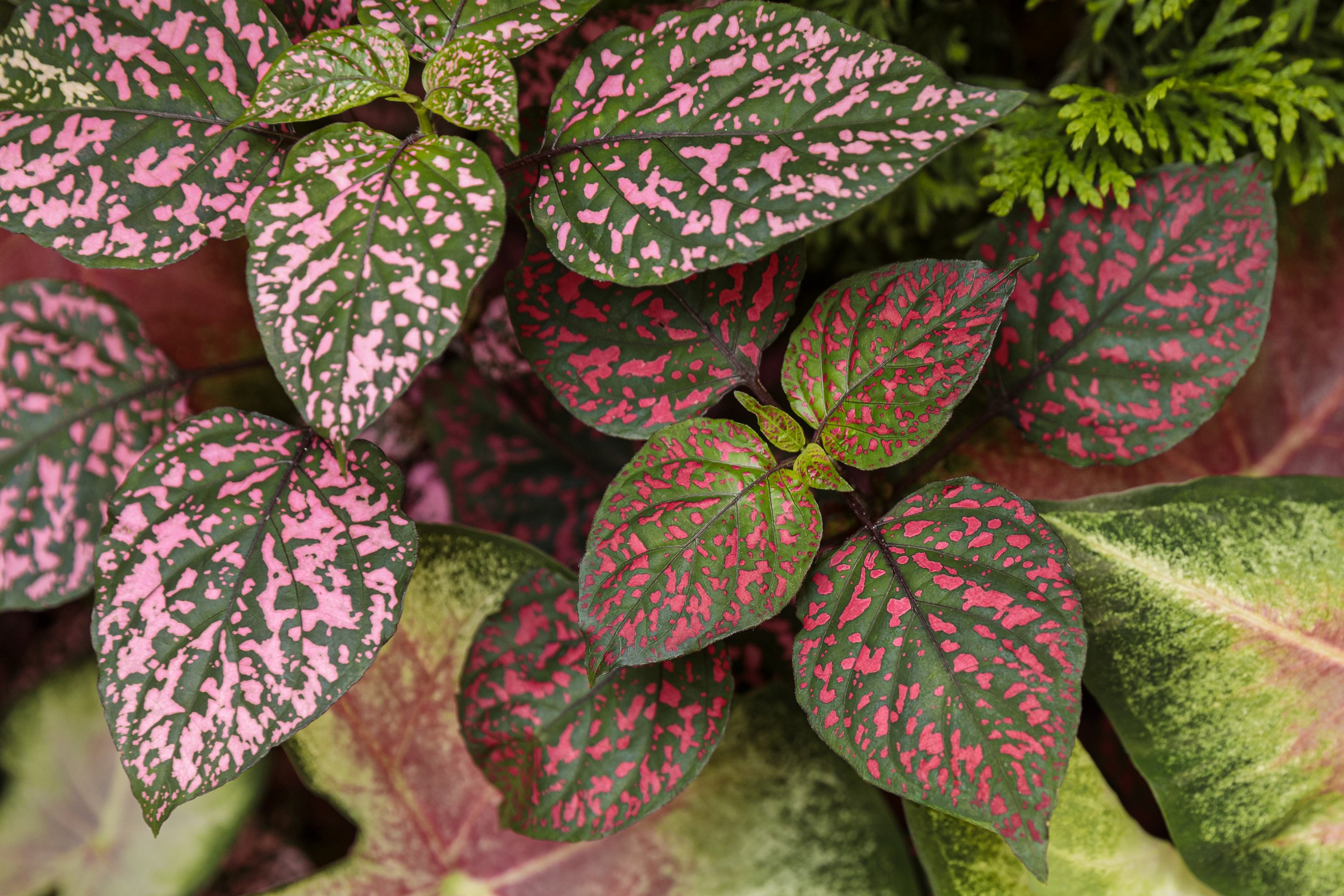How To Care For Christmas Cactus (Schlumbergera)
Did you know that Christmas cactus, or Schlumbergera, is not actually a cactus but belongs to the succulent family? Despite its misleading name, this plant is a popular choice for holiday decorations due to its vibrant blooms and easy care requirements. Originally found in the rainforests of Brazil, these plants have adapted well to indoor environments and are widely cultivated for their beautiful flowers.
Christmas cactus are known for their colorful blooms that typically appear in shades of pink, red, white, or purple during the holiday season. To ensure your Christmas cactus thrives and continues to bloom year after year, it is important to provide the right care and conditions. One key factor in caring for these plants is getting the watering schedule just right. Overwatering can lead to root rot, while underwatering can cause the plant to dry out. Finding the balance is crucial for the plant’s health.
In addition to proper watering, Christmas cactus also require bright but indirect sunlight and well-draining soil to thrive. They prefer temperatures between 60-70°F during the day and slightly cooler temperatures at night. By following these simple care tips, you can enjoy the beauty of Christmas cactus blooms for many holiday seasons to come. Remember, these plants are not just for Christmas – with the right care, they can bloom multiple times throughout the year, adding a touch of color to your home.

Looking for Tips on How to Care for Christmas Cactus (Schlumbergera)?
If you are a proud owner of a Christmas cactus (Schlumbergera) and want to ensure it thrives during the holiday season, it’s important to know the proper care techniques. From watering schedules to light requirements, understanding how to care for your Christmas cactus is essential for its health and longevity. Keep reading to discover expert tips and advice on caring for your Schlumbergera plant.
:max_bytes(150000):strip_icc():format(webp)/christmas-cactus-4176983-8-77aa89da351b407ea40dca98ab1ba196.jpg?auto=compress&cs=tinysrgb&h=650&w=940)
Light
Christmas cacti thrive in bright, indirect light. They can tolerate some direct sunlight, especially during the winter months, but too much direct sunlight can lead to sunburned leaves. Place your Christmas cactus near a window where it will receive plenty of natural light throughout the day.
Temperature
Christmas cacti prefer temperatures between 60-70°F (15-21°C) during the day and slightly cooler temperatures at night. Avoid placing your Christmas cactus near drafty windows or heating vents, as extreme temperature fluctuations can cause stress to the plant.
Watering
Water your Christmas cactus when the top inch of soil feels dry to the touch. Make sure to water thoroughly, allowing excess water to drain out of the bottom of the pot. During the growing season (spring and summer), water more frequently, but reduce watering during the winter months when the plant is dormant.
Humidity
Christmas cacti enjoy high humidity levels, so misting the plant occasionally can help keep it happy. You can also place a tray of pebbles filled with water near the plant to provide added humidity.
Soil
Use a well-draining, slightly acidic soil mix for your Christmas cactus. A mix containing peat moss, perlite, and compost works well for these plants. Repot your Christmas cactus every 2-3 years to refresh the soil and provide the plant with more room to grow.
Fertilizing
During the growing season, fertilize your Christmas cactus every 4-6 weeks with a balanced, water-soluble fertilizer. Avoid fertilizing during the winter months when the plant is not actively growing.
Propagation
Christmas cacti can be easily propagated by taking stem cuttings. Simply cut a healthy stem segment and allow it to dry for a day or two before planting it in a well-draining potting mix. Keep the soil lightly moist until roots form, then care for the new plant as you would an established Christmas cactus.
Pests and Diseases
Christmas cacti are relatively pest-resistant, but they can sometimes fall victim to mealybugs, spider mites, and aphids. Keep an eye out for any signs of pests and treat them promptly with insecticidal soap. Overwatering can also lead to root rot, so make sure to water your Christmas cactus appropriately to avoid this issue.
According to a recent study, Christmas cacti are among the most popular holiday plants, with over 23 million plants sold each year in the United States alone.
FAQ 1: Where should I place my Christmas cactus for optimal growth?
You should place your Christmas cactus in a location with bright, indirect light. Avoid direct sunlight as it can scorch the plant’s leaves.
FAQ 2: How often should I water my Christmas cactus?
Water your Christmas cactus when the top inch of soil feels dry to the touch. Make sure to drain any excess water from the saucer to prevent root rot.
FAQ 3: Do Christmas cacti require a specific temperature range?
Christmas cacti prefer temperatures between 60-70°F during the day and 50-55°F at night. Avoid placing them near drafts or heating vents.
FAQ 4: How often should I fertilize my Christmas cactus?
Fertilize your Christmas cactus with a balanced houseplant fertilizer once a month during the spring and summer months. Avoid fertilizing during the fall and winter.
FAQ 5: What type of soil is best for Christmas cacti?
Christmas cacti thrive in well-draining, slightly acidic soil. A mix of potting soil, perlite, and sand works well for these plants.
FAQ 6: Can I propagate my Christmas cactus?
Yes, you can propagate your Christmas cactus by taking cuttings and planting them in a well-draining soil mix. Keep the soil moist until roots develop.
FAQ 7: Do Christmas cacti require pruning?
Pruning is not necessary for Christmas cacti, but you can pinch back stems to promote a bushier growth habit. Remove any dead or damaged stems as needed.
FAQ 8: Should I repot my Christmas cactus?
Repot your Christmas cactus every 2-3 years or when it outgrows its current pot. Use a slightly larger pot with fresh soil to encourage continued growth.
FAQ 9: Why are my Christmas cactus’s leaves turning yellow?
Yellowing leaves on a Christmas cactus can be caused by overwatering, underwatering, or exposure to direct sunlight. Adjust your care routine accordingly to correct the issue.
FAQ 10: How do I encourage my Christmas cactus to bloom?
To encourage blooming, provide your Christmas cactus with 12-14 hours of darkness each night for 4-6 weeks in the fall. Keep the plant in a cooler location during this time to stimulate flower production. Once buds form, return the plant to its normal care routine.
Conclusion
In conclusion, caring for a Christmas Cactus (Schlumbergera) involves providing the right conditions such as indirect sunlight, well-draining soil, and proper watering techniques. It is important to remember that these plants are sensitive to both overwatering and underwatering, so finding the right balance is crucial for their health. Additionally, fertilizing the Christmas Cactus during the growing season can help promote blooming and overall growth.
Another key aspect of caring for a Christmas Cactus is providing the right temperature and humidity levels. These plants thrive in temperatures between 60-70°F (15-21°C) during the day and slightly cooler temperatures at night. Maintaining the right humidity levels by misting the plant or placing it on a pebble tray can also help prevent issues such as bud drop. Overall, with the proper care and attention, your Christmas Cactus can bloom beautifully year after year, bringing festive cheer to your home during the holiday season.
:max_bytes(150000):strip_icc():format(webp)/how-to-get-a-christmas-cactus-to-bloom-966ebXgHqYkBeZM6fvcxTU-c408d3928cb345fdbcae39b5634a2882.jpg?auto=compress&cs=tinysrgb&h=650&w=940)
:max_bytes(150000):strip_icc():format(webp)/GettyImages-511790642-2000-6fe26923bfb040cab1ebcf930a5933ca.jpg)



:max_bytes(150000):strip_icc():format(webp)/grow-fiddle-leaf-fig-indoors-1902756-hero-feca31e64e91430794e2bdcc9fa1e901.jpg)

